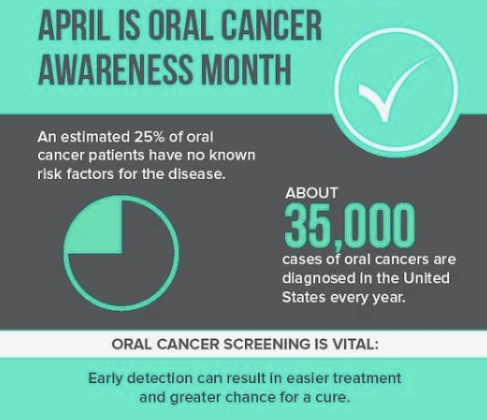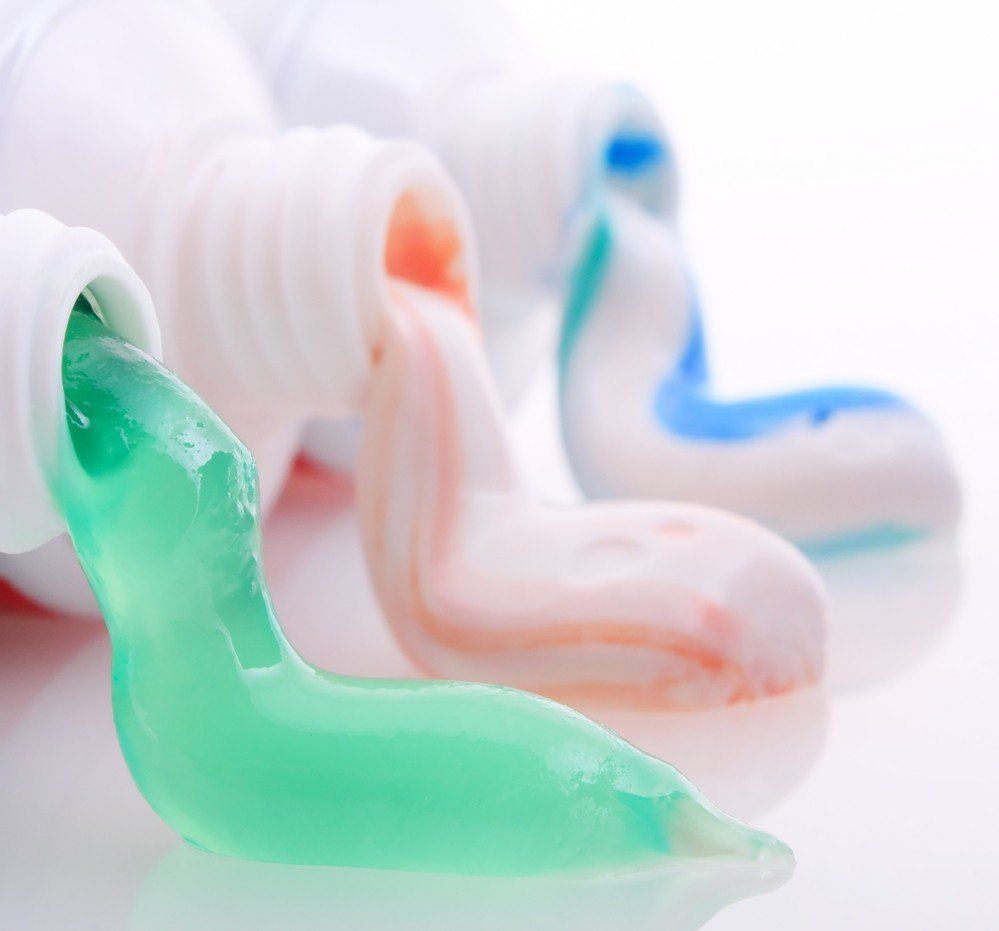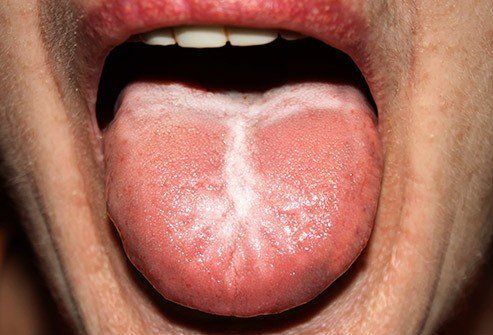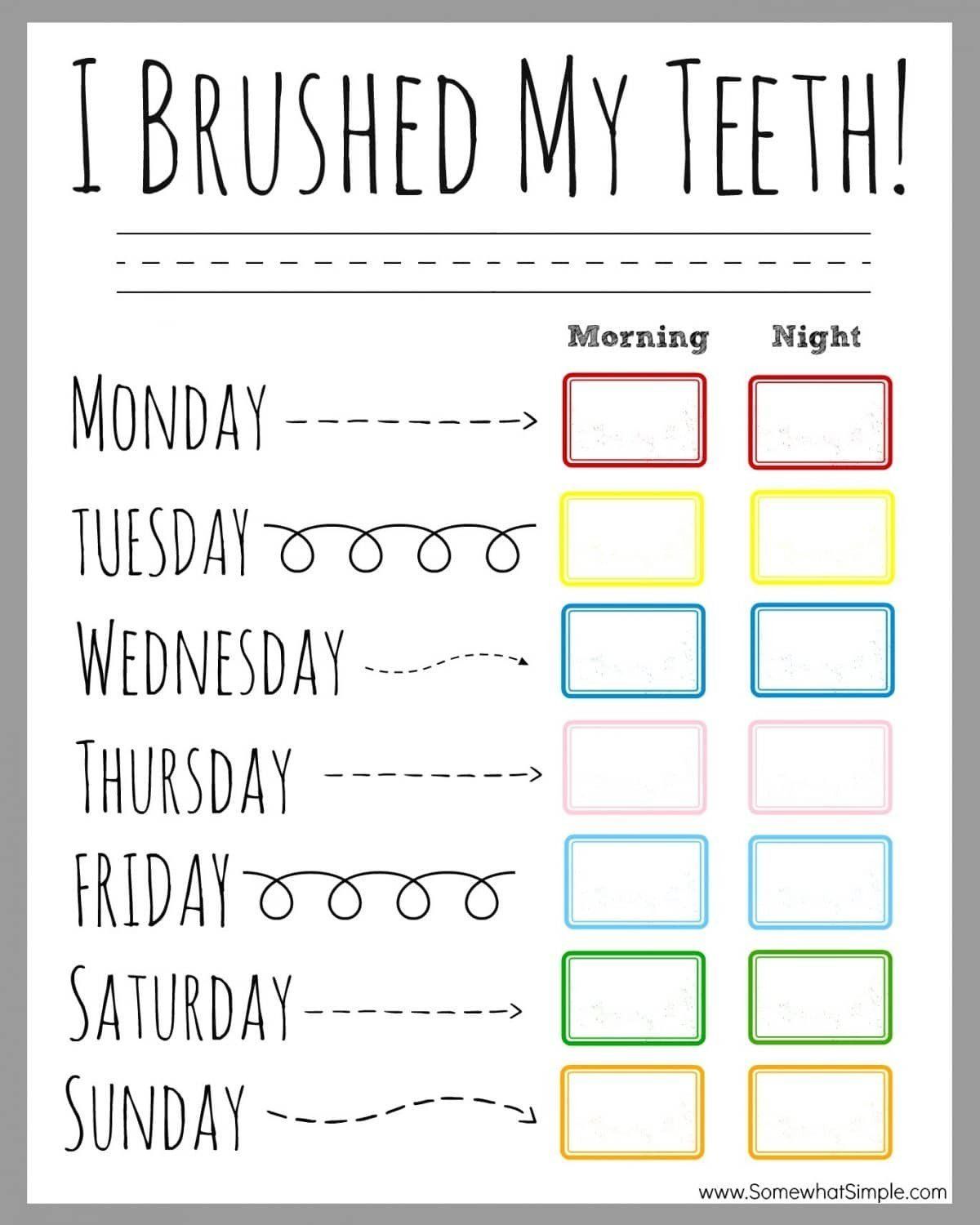Is it Time to Swap Your Electric Toothbrush for a Manual Model?
- By Joel Snyder
- •
- 13 Sep, 2016
- •
It’s a popular belief that electric toothbrushes do a better job and while this may often be the case, dentists are worried that many people are not using their brushes properly and this is contributing to oral health problems.
Electric toothbrushes are designed to use electrical power to clean the tooth thoroughly. However, dentists are concerned that using brushes incorrectly is causing a large number of people to suffer from gum problems and increased tooth sensitivity. With an electric toothbrush, the brush is designed to do all the hard work for you. If you employ additional power by using your hands to brush more firmly, this can cause damage to the enamel and gums.
Natasha Vigille is a 40 year old carer who swapped her manual brush for an electrical model three years ago. She soon noticed that her gums were receding and her teeth felt incredibly sensitive. When she went to see her dentist, Natasha expected to be told she had a cavity or early signs of gum disease and was shocked to hear she had been over-brushing and had worn down her enamel. Her dentist said she had been brushing too hard with her new toothbrush and this had caused her gums to become irritated and her enamel to become thin. Natasha was forced to have enamel fillings to strengthen the outer layer of her teeth.
Dentists have warned that stories like Natasha’s have become much more commonplace in recent years and advise patients to be cautious when using powerful modern brushes. London-based cosmetic dentist Dr Beeta Salek-Haddadi said there has been a noticeable increase in the number of patients showing signs of enamel damage and gum recession caused by brushing too hard and fast with electric toothbrushes.
Article Posted On: http://www.cosmeticdentistryguide.co.uk/news/is-it-time-to-swap-your-electric-toothbrush-for-a-manua...

Contact us!
https://www.fabuloussmilesdental.com/contact

ADA Approval
First, make sure you choose a product approved by the American Dental Association and displaying the seal on its packaging. There are plenty of fluoride-free, organic, and all natural options tested by the ADA for both safety and effectiveness at keeping the teeth clean. Products without these seals have not necessarily been tested for their claims and quality, so you’re gambling with the health of your mouth by using them.
Focus on Needs
Consider what your teeth need the most to choose a toothpaste with the right extras. Whitening toothpaste can’t always replace professional whitening from a dentist, but it does work to prevent surface stains that cause your white smile to lose its brightness after treatment. Most toothpastes tend to target one of more of the following conditions or needs:
- Sensitivity, in the gums and teeth, from mild to severe pain
- Fluoride products are essential for kids, adults who don’t get enough of it in their diet, and people with diabetes and many other conditions
- Anti-cavity, which most products cover but which should always be checked
- Anti-gingivitis, ranging from over the counter to prescription products for healthier gums.
Watch Out!
There are a few products you don’t want to use on your teeth, and they’re often sold as cosmetic products rather than medically tested toothpaste. Any whitening toothpaste with a very abrasive ingredient, ranging from natural walnut shell to plastic microbeads, can leave your teeth with enamel damage that is permanent and hard to treat. Activated charcoal powders can also discolor teeth along with eroding your enamel. Look for toothpaste products that reinforce enamel rather than damaging it.
Picking a Toothbrush
Of course, the toothpaste still needs to be applied to the teeth with the right tools to effectively protect you from cavities and gum disease. The wrong toothbrush can damage your enamel, scratch your gums, or fail to remove trapped food from between your molars. Only use soft bristled brushes unless given advice from your dentist to the contrary. For most people, stiff bristles are too hard for their gums. The tip of each bristle should be rounded and not pointed or square so that food debris and tartar comes loose with each sweep. Replace your brush every three months even if it still looks new and fresh since bacteria can build up over time.
Need more advice about what to do to take care of your teeth? Make an appointment with your dentist for a routine cleaning or a timely inspection. You can discuss your concerns without feeling rushed and determine if your current oral health practices are sufficient for keeping your smile bright, healthy, and strong.

Creamy white spots could be thrush, a fungal infection (shown below). It often happens after an illness or medications throw off the balance of bacteria in your mouth. White patches that look lacy could be lichen planus, which means your immune system is attacking the tissues in your mouth. If you see hard, flat, white areas that can’t be scraped away, it could be leukoplakia, which is linked to cancer. Let your dentist know about any white patches you see.


